The following is a short list of plants you might consider for your own dinner table. Read carefully and consider all the possibilities!
Edible Plants
- Clover. Many clovers (Trifolium species) are edible, the best being the red, sweet, yellow, white, white sweet, buffalo, alsike, and crimson varieties. Boil or steam the flowers and new green leaves and eat them as you would spinach. Tea made from the dried flowers is also relatively high in food value.
Original Image Source: Takashi .M
- Mint. Most members of the mint family (Mentha species) can be used as tea or provide flavoring for other foods and drinks. For example, you can steep the green (or dried) leaves for a short time in hot water and add the liquid directly to a stew.
Original Image Source: Isis Vieira – Arte & Design
- Spicebush. The spicebush (Lindera benzoin) is the forerunner of our modern allspice, and the pioneers dried and powdered its berries to make a versatile flavoring. For a zesty tea, steep its bark, young twigs, and young leaves in warm water for about 10 minutes. (This beverage is flavorful, but its food value is quite low.)
Original Image Source: bobistraveling
- Miner's Lettuce. The Montia species (which belong to the same family — Portulacaceae — as purslane, another popular edible green) are available during much of the year, and these typically small, low-growing residents of damp places make a good cooked vegetable. It's also possible to eat them raw or add them to soup and stew. (The new, small leaves have the best flavor.)
Original Image Source: James Daisa
- Sumac. All of the Rhus species are edible, with the exception of poison sumac, which can be distinguished from the others by its loose clusters of white berries and the absence of teeth on the leaves. To make a good tea or cold drink from the bright red stag-horn, smooth, and winged sumac berries, just bruise the clusters in cold water, let the brew sit for 10 minutes, strain it and drink the beverage hot or cold. You can also make a fine soup with a fruity flavor by heating the berry clusters and then straining them out before eating the broth.
Original Image Source: John Lillis
- Violets. The new, green leaves of the Viola species can be cooked as a green, added to soup as a thickener, or eaten raw in a salad. The dried leaves, on the other hand, make excellent tea that's high in vitamin A. The violet's taste, however, is very bland, and the leaves will be most appealing when mixed with other greens.
Original Image Source: Quvani
- Dandelions. You can eat the tender leaves of Taraxacum officinale raw or cook them like a potherb if they're gathered before the plants bloom. The mature flower itself is tasty when dipped in a batter made from wild-grain flour and fried like a fritter, while ground dried roots make an excellent hot drink.
Original Image Source: Michael Gil
- Chicory. When dried, roasted and ground, chicory (Cichorium intybus) roots will brew up into a coffee-like hot drink, and the new green leaves can be cooked as a potherb or simply added to stew. Also, the blanched white part of the new leaves at the plant's base are tasty when eaten raw — either alone or in a salad.
Original Image Source: Zircon_215
- Greenbriars. The new green leaves, sprouts or shoots — as well as the young tendrils — of the Smilax species can be eaten raw or cooked. In many parts of the country, greenbriars have edible parts from spring through the middle of autumn.
Original Image Source: Thomas Allen
- Roses. It's possible to steep the fresh petals of the Rosa species in hot water to make a very tasty tea. Also, the dried and pitted rose hips can be eaten raw and make an excellent survival food, because they can often be found throughout the winter and are packed with vitamin C.
Original Image Source: slgckgc
- Great Burdock. The young green leaves of Arctium lappa can be eaten raw or prepared as a potherb for a quick survival food. The roots of first-year plants must be peeled of their inedible rind, and can then be boiled — in two changes of water — for 30 to 40 minutes and eaten like potatoes.
Original Image Source: Maja Dumat
- Amaranth. You can roast and grind the seeds of the mature plants of Amaranthus species into a rich flour. The young leaves can be eaten raw, added to other cooked vegetables, or put directly in stew. (This food source is available, in many areas, from spring through fall.)
Original Image Source: Connie Ma
- Waterlilies. Almost all waterlilies (Nymphaea and Nuphar species) are edible and can be gathered most of the year. During the summer months, when the rootstocks become mushy and rather tasteless, they're still an excellent source of survival food.
Original Image Source: Annabel Farley
Additionally, the young, unfurling leaves and unopened buds can be prepared as a potherb. The seeds can be parched, winnowed, and ground into a nutritious flour, and the potato-shaped tubers of the tuberous waterlily (N. tuberosa) can be dug from the mud and prepared like potatoes. Two of the more common edible varieties are the yellow pond lily and the fragrant pond lily. (Be careful to collect any such plants from pollution-free waters!) .
Never eat a plant that looks questionable or, if you are unsure of the identification, don’t risk eating it. It’s always a good idea to find a good plant book or manual on the subject, including detailed photographs!
The more spiritual of survivalists believe that plants have their own spiritual identity. If you rank in this group do not forget to thank the plants for giving you life. And, in that vein, if you’ve discovered a rare species be careful not to wipe it out existance! In other words, it’s always best to go with what is plentiful.
For more information about plentiful edible plants and how to prepare them please go to Mother Earth News. There you will find a whole new world of life sustaining foods.
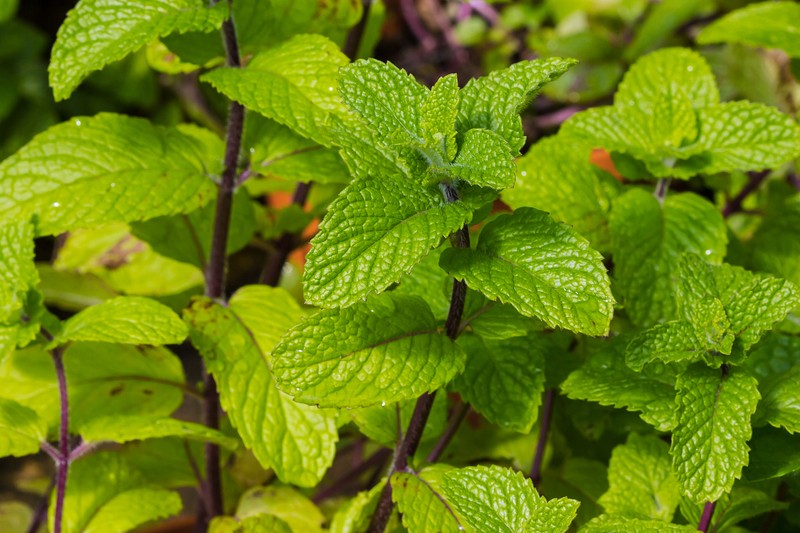

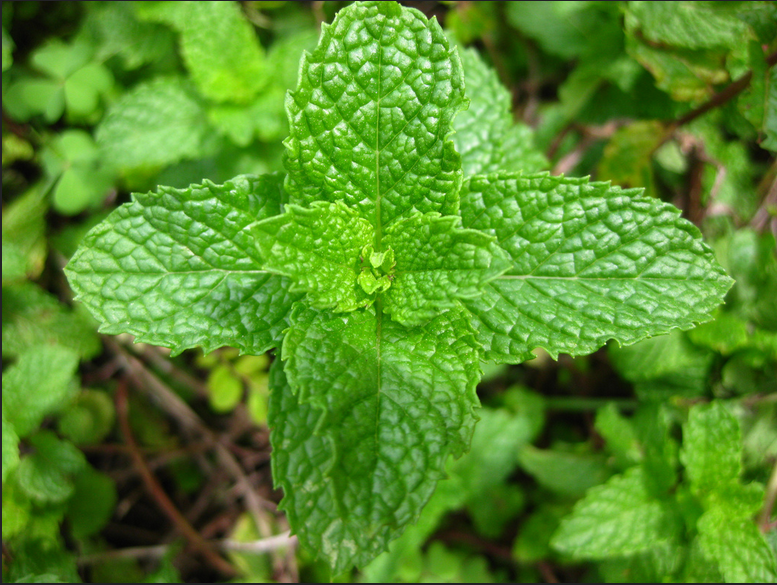
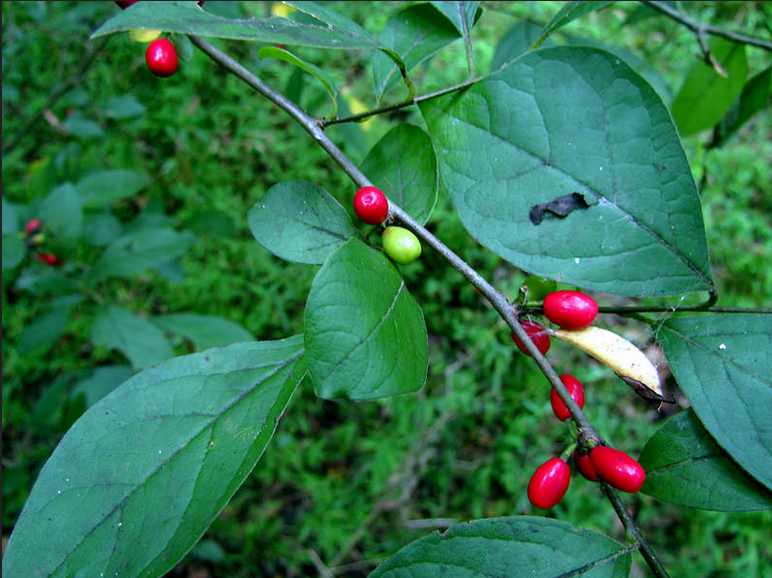
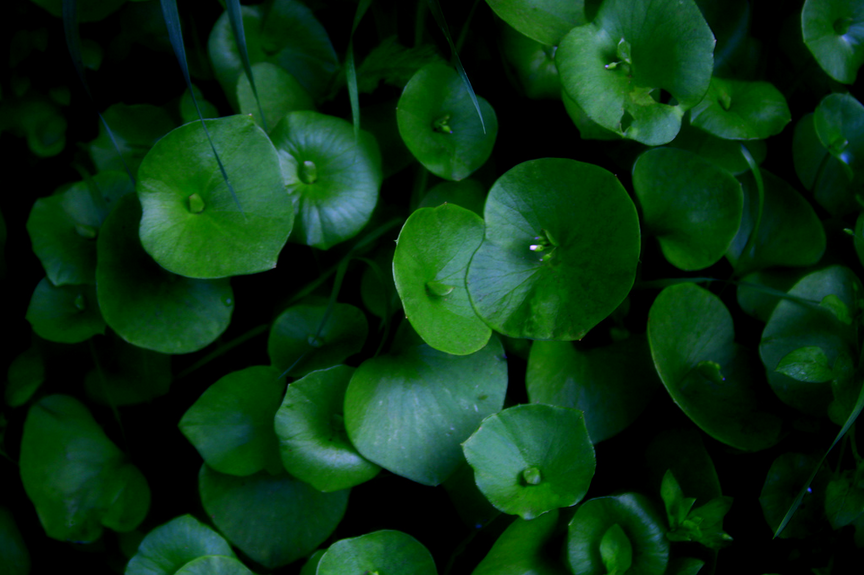
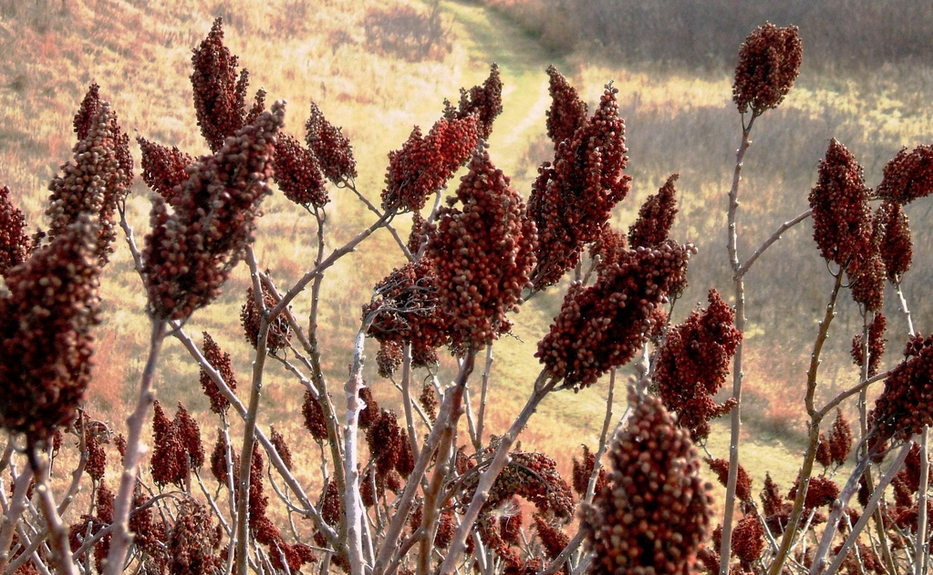
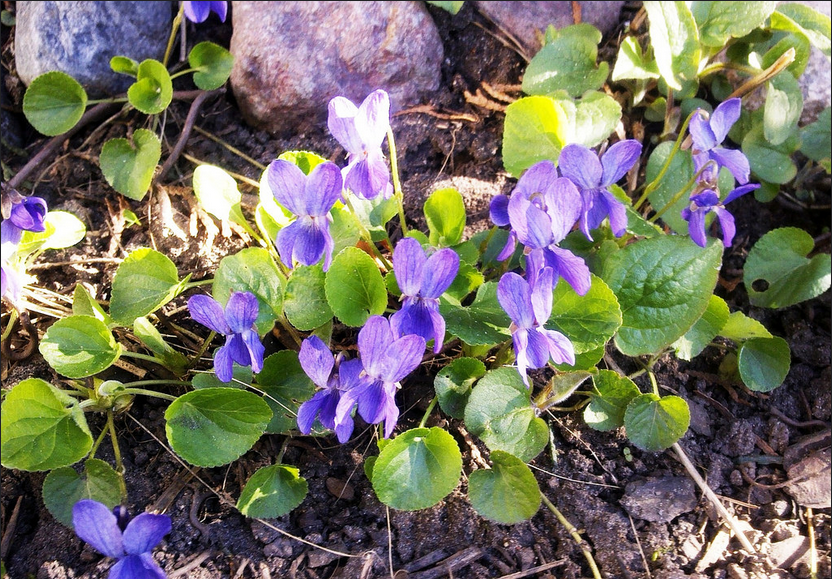
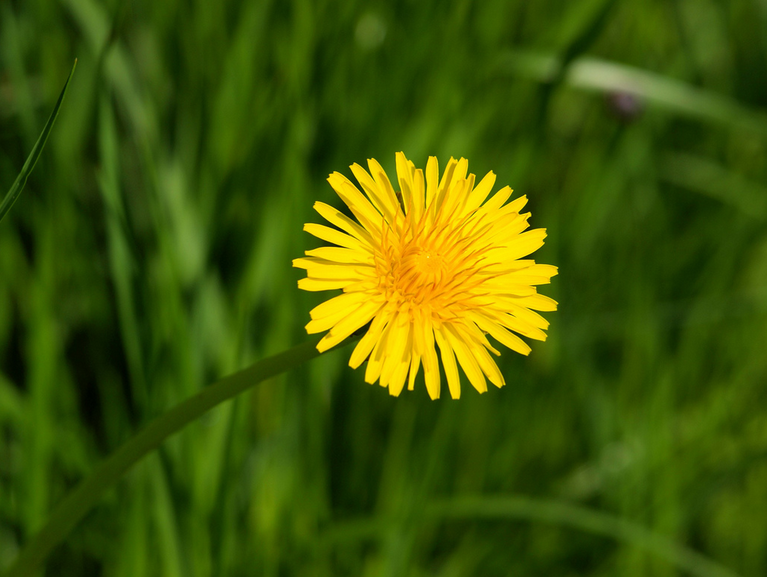
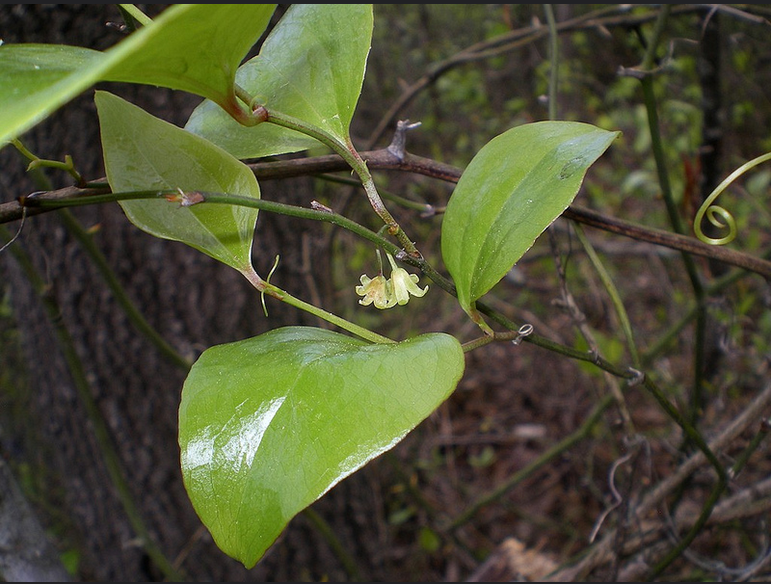
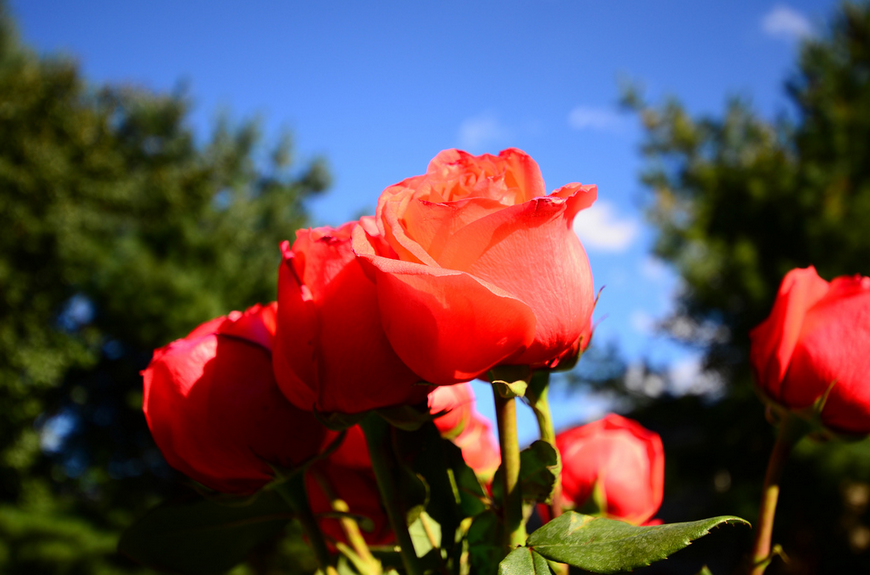
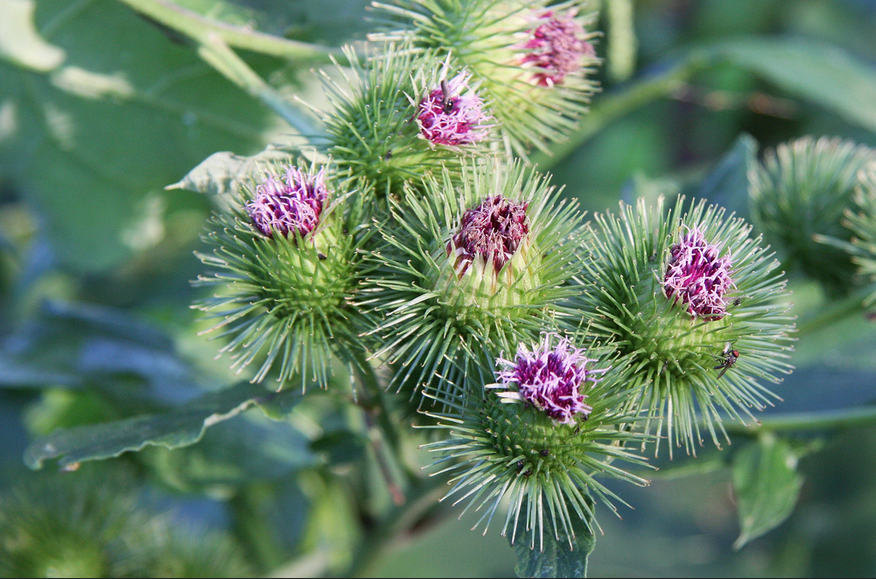
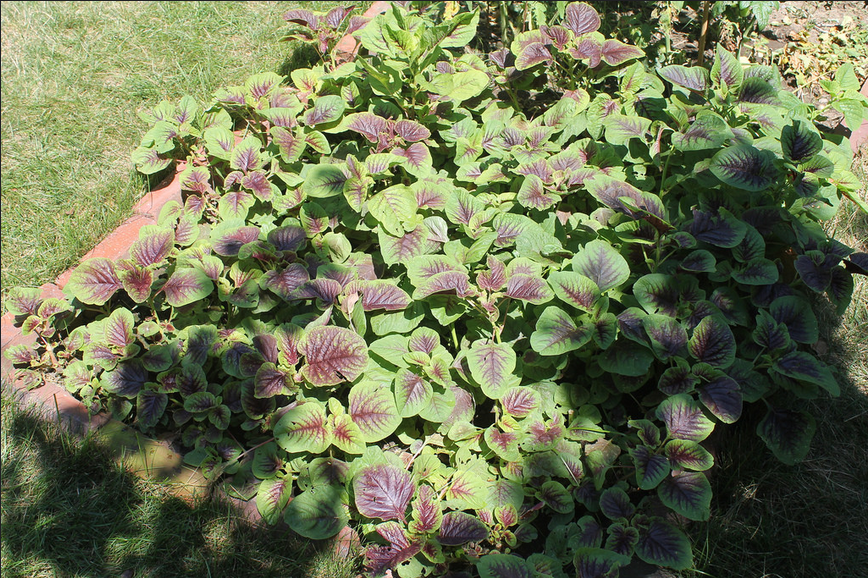
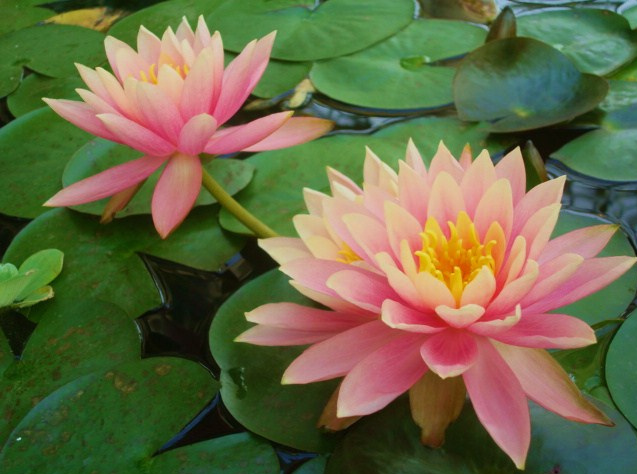
I use to have a yard full of mint, so I chose to never now it
would be nice if there was pictures
@[100000247663196:2048:Daniel Ospina]
We added photos to the post, @[100000984712117:2048:David Lucero]!